Aerohead's theory is that lift is caused by separation, rather than attached flow. He also suggests that well-streamlined bodies have low lift.
However, in fact it is the airflow wrapping around the upper curves that is the primary cause of lift. Therefore, low drag shapes that have upper curves coming down to a small wake area have higher lift.
Aerodynamics of Road Vehicles, 1987, Hucho (ed), Page 281:
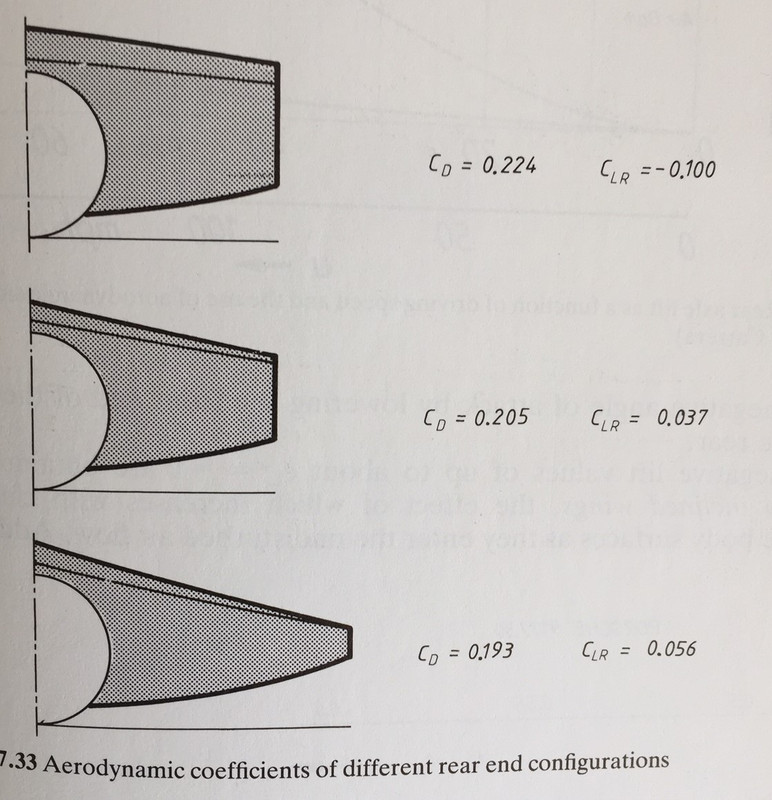
You can see that as the camber (upper curve) of the body becomes greater and longer (ie giving a smaller wake), Cd drops from 0.224 to 0.193
but the CLr (rear lift) rises from -0.1 to 0.056. Well streamlined bodies do not always have lower lift! In fact, because on road cars they need to have greater camber, lift (especially at the rear) is likely to be increased as wake area decreases.
Road Vehicle Aerodynamic Design, 2009, Barnard, Page 32.

You can see that lift is dependent on two aspects - degree of camber and angle of attack.
The cambered shape gives more lift at all angles of attack.
Barnard immediately then goes on to this:

Note the reduced pressure over the cambered car shape. (The second and third diagrams show the changed undercar pressures possible with front/rear seals.)
Note how premature separation is not even mentioned as a cause of lift.
Race Car Aerodynamics, 1995, Katz, Page 48.
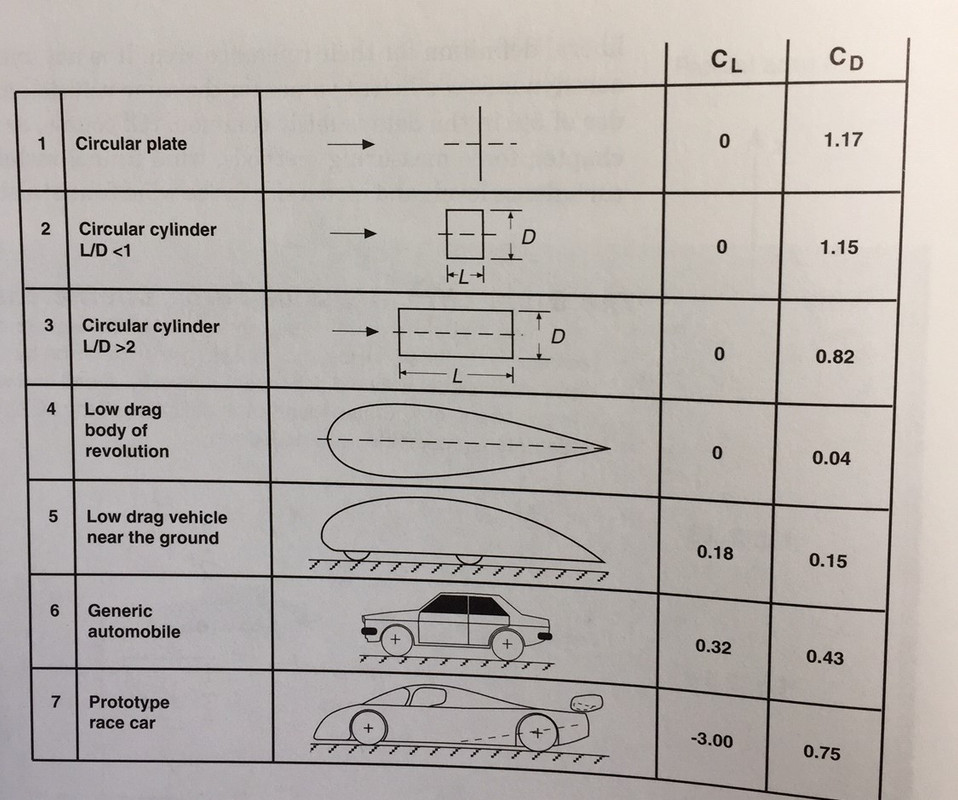
Note the difference in lift between the theoretical 'low drag body of revolution' (Cl = 0) and the 'low drag vehicle near ground' (Cl = 0.18).
Once camber is understood as a major cause of lift, of course such a shape will have high lift!
Road Vehicle Aerodynamics, 1975, Skibor-Rylski, Page 69 and 70
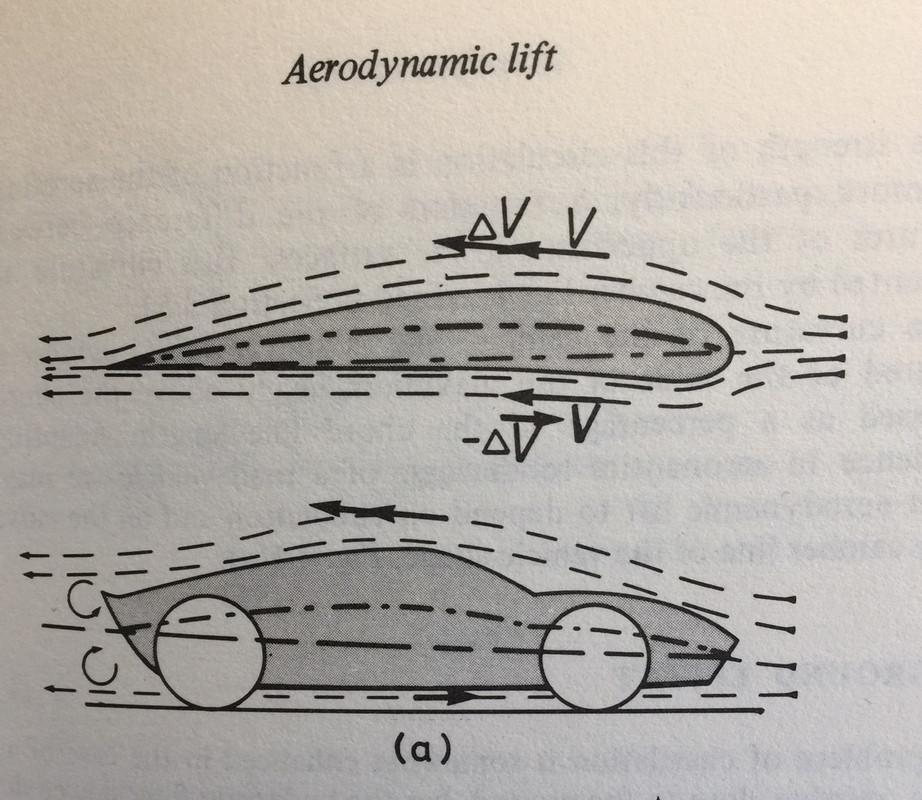
Note the direct parallel that is drawn between the lifting wing and the shape of the car. Also note attached flow on car until separation occurs at end of car (
ie no premature separation). Skibor-Rylski then says on the next page that aero lift depends on the camber line of the vehicle shape.
Modifying the Aerodynamics of Your Road Car, 2018, Edgar, Pages 85 - 91.
Attached flow on upper surfaces of XE Jaguar:
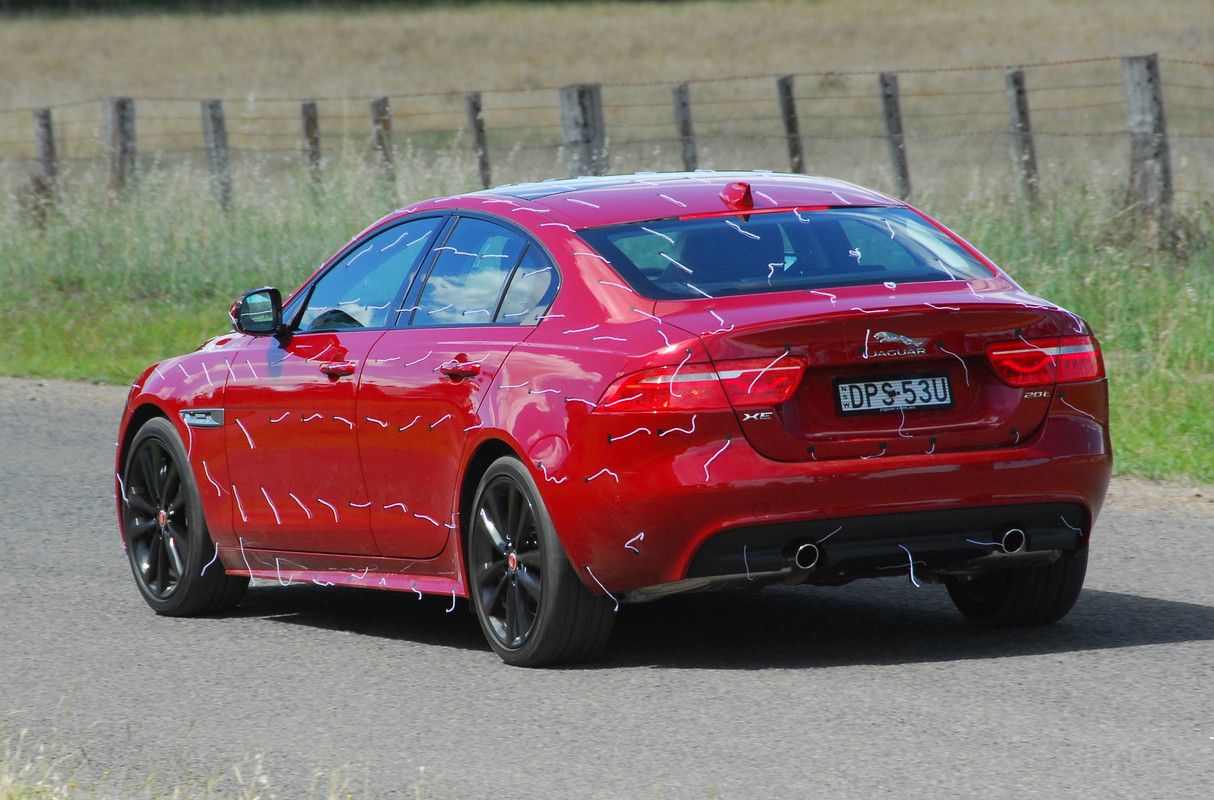
Jaguar CFD showing low pressures where airflow wraps over upper curves (hotter colour = lower pressures):
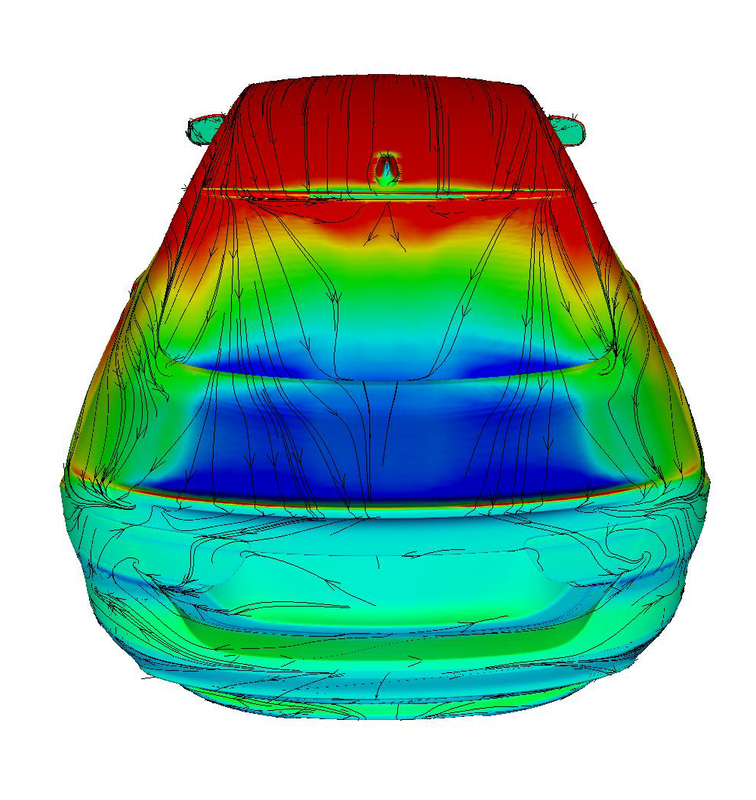
On-road measured pressures showing low pressures where air wraps over upper curves:

The primary cause of lift on road cars is the attached airflow on upper curved surfaces. To argue otherwise is to show a grave misunderstanding of the mechanism of lift on road cars.
Lift depends on the difference in pressures on the underside and topside surfaces. Curved upper surfaces generate low pressures and so lift forces, however these can be offset by generating low pressures under the car through fast flow.